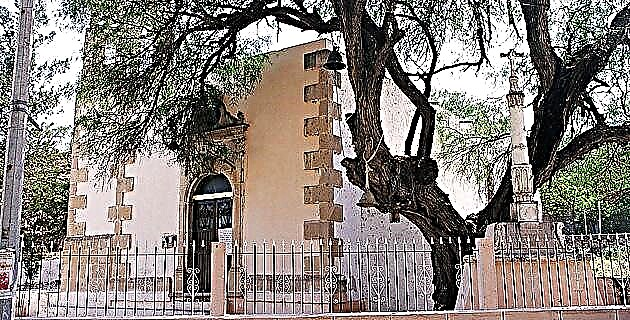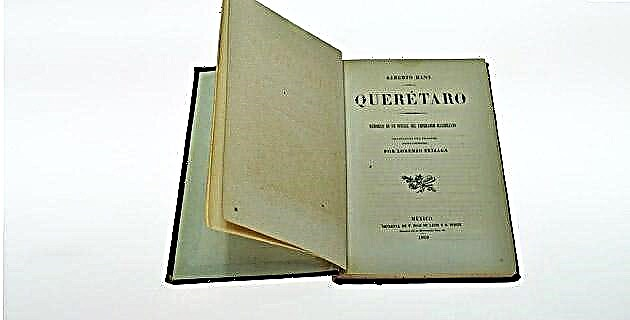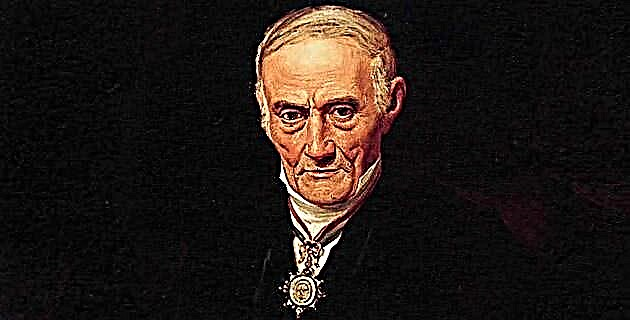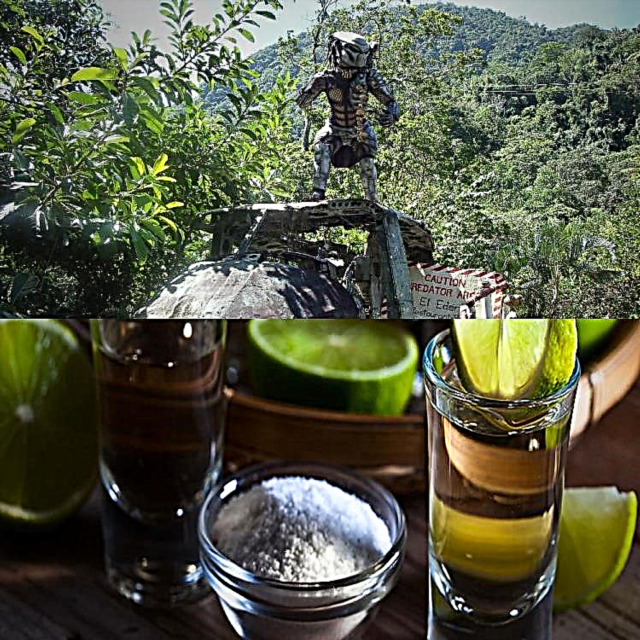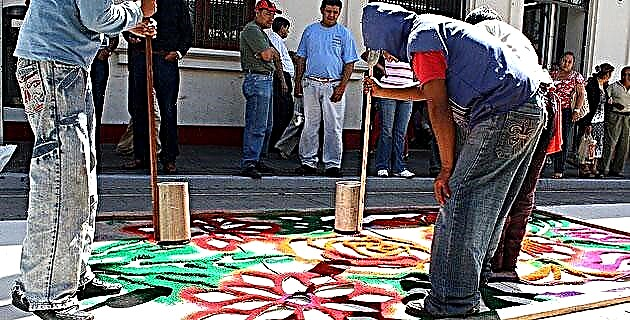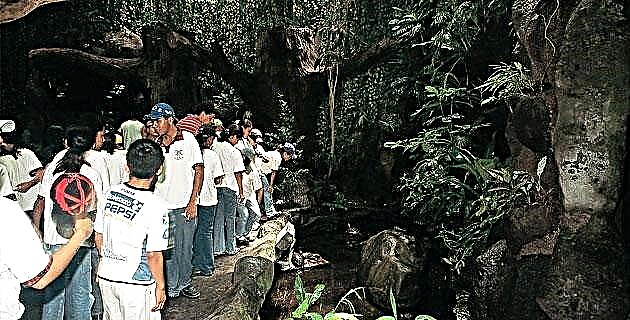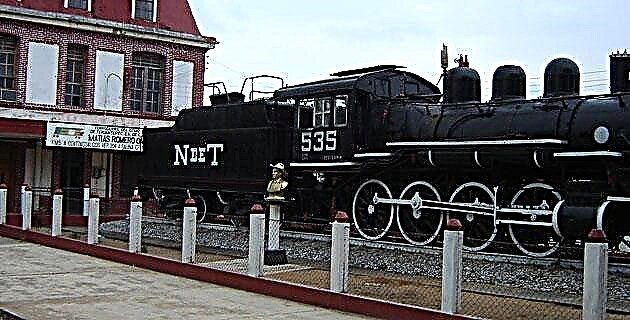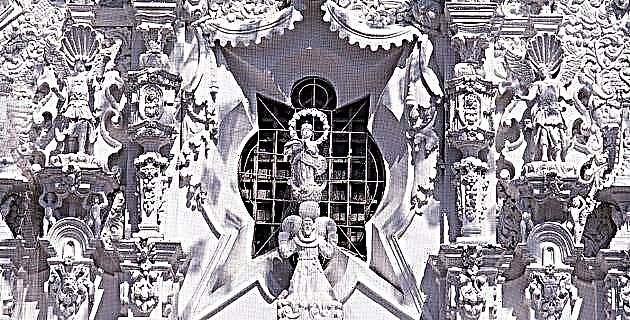
There is no doubt that the best of Mexican colonial architecture is found in the realm of popular sensibility. The description is very accurate, as well as its conclusion: "Nothing more attractive, more moving, than this great facade flanking two towers, nailed like stingers to the blue sky, since we are approaching the hill on which the sanctuary rises" .
There is no doubt that the best of Mexican colonial architecture is found in the realm of popular sensibility. In 1948 the art historian Manuel Toussaint wrote about the Ocotlán church: “The façade resembles a work of popular art… The technique is imperfect: these stipes, these statues, have not been carved in stone, but made by hand, in what it's called masonry. The description is very accurate, as well as its conclusion: "Nothing more attractive, more moving, than this great facade flanking two towers, nailed like stingers to the blue sky, since we are approaching the hill on which the sanctuary rises" .
It is difficult to improve the previous image, which perfectly conveys the impact produced by the vision of the Ocotlán temple, one of the two or three most successful Mexican colonial buildings; and it should be said here that it is not only a consummate example of popular sensibility, but of extraordinary architectural refinement due to the grace of its proportions and contrasts: the sparkling white surface of the bell towers and the façade cheerfully contrasts with the smooth red clay of the bases the towers. The bell towers, with their salient angles, exceed the bases and seem to float in the vivid blue of the Tlaxcala sky. These slender towers are a unique example in Mexico of spatial baroque (and not only ornamental) due to the dynamic contrast that occurs between the semi-cylinders protruding from their solid red lower part (of small hexagonal pieces), which advance towards us, and the concavity from each face of the white, aerial bell towers, which reduces their weight and moves them away. The façade itself, topped by a gigantic shell, also suggests a concave space, conceived to house stipes and sculptures so deep that we can no longer speak here only of a relief, but of the double movement of approach and distance characteristic of the Baroque.
Nothing here recalls the massive, severe heaviness of so many Mexican churches: in Ocotlán everything is ascension, lightness, light, joy and movement, as if its author had wanted to communicate these ideas, through architecture, in the image of the Virgin, placed in A very original way, not in a niche, but in the hole of the great starry window of the choir that opens to the center of the façade. The author of this masterpiece from the second half of the 18th century remains anonymous, but it is possible to notice in it the architectural features characteristic of the Tlaxcala and Puebla area, such as the use of sculpted, white mortar and cladding. of pieces of fired clay.
The interior of the temple is dated earlier, having started in 1670. The spectacular golden presbytery stands out here, conceived in a theatrical way, which can be seen through a scenic frame topped by a shell. The image of the Virgin sits in an opening similar to the one on the façade, and behind the dressing room is located, which serves to store the image's trousseau and dress it. This space, with an octagonal plan, is the work of Francisco Miguel from Tlaxcala, who finished it in 1720. Its dome is decorated with images of saints, curved pilasters and a relief with the dove of the Holy Spirit. The walls of the dressing room have paintings alluding to the life of the Virgin and are the work of Juan de Villalobos, from 1723.
Ocotlán, without a doubt, is one of our greatest works of colonial art.
IF THEY ARE HUMAN BEINGS
The Franciscans, the first evangelizers of the new continent, found in the indigenous people of Tlaxcala a great disposition to join the Catholic religion. Very soon the Franciscans were convinced, despite the objections of the secular clergy and friars of other orders, that the Indians did have souls and that they were capable of receiving and administering the sacraments. Thus, the first indigenous and mestizo priests of New Spain were ordained in Tlaxcala by the Franciscans.
SAN MIGUEL DEL MILAGRO
It is said that many years ago, in one of the hills that surround the valley of Tlaxcala, a singular battle took place between San Miguel Arcángel and Satanás to see who of the two would spread his mantle over the region. San Miguel emerged victorious, who made the devil roll down one of the hillsides. In 1631 a hermitage dedicated to Saint Michael was built and later a temple, where there is a well of holy water that attracts a large number of pilgrims.
Source: Tips from Aeroméxico No. 20 Tlaxcala / summer 2001

